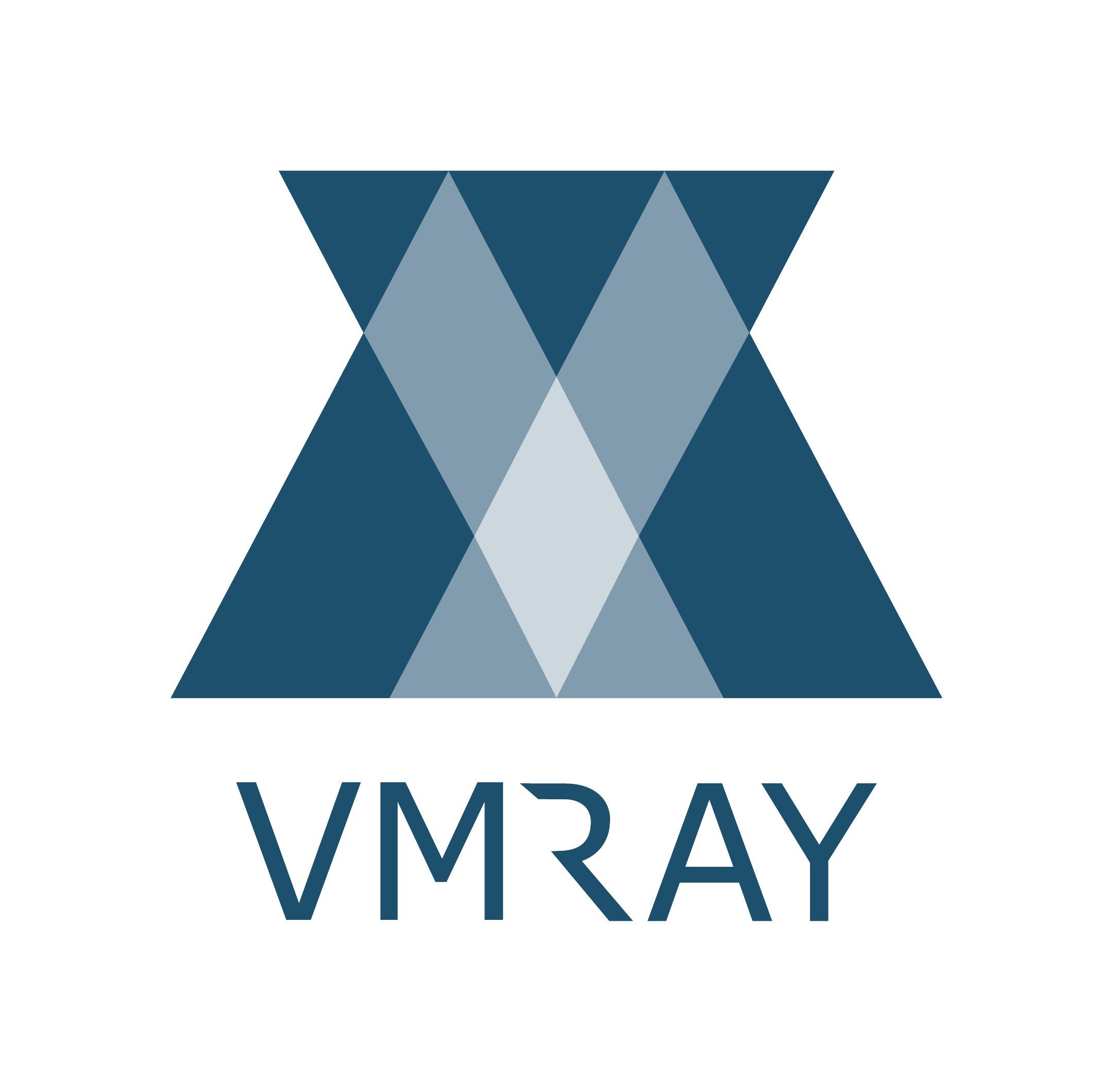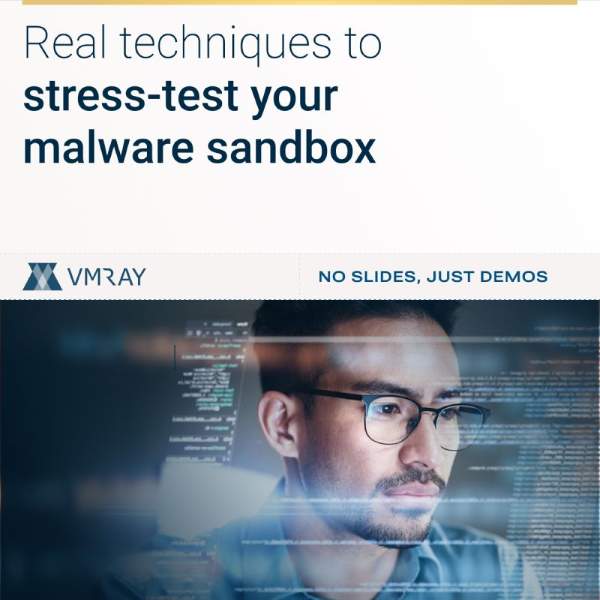chapter 2: Filtering out the noise with VMRay
In the previous section, we explored the challenges of differentiating IOCs from the sea of artifacts. Now, let’s dive into how VMRay’s innovative approach streamlines this process and empowers cybersecurity professionals with rapid, reliable IOC identification.
The Power of VMRay Platform:Complete yet noise-free analysis
Searching for meaningful IOCs amidst a deluge of artifacts can be a daunting task for malware analysts. However, VMRay’s cutting-edge solution offers a significant advantage. It simplifies and accelerates the process, allowing DFIR (Digital Forensics and Incident Response) ans SOC (Security Operations Center) teams to allocate their precious time more efficiently to incident response activities.
Meet VMRay Threat Identifiers (VTI)
VMRay employs a unique feature known as the VMRay Threat Identifier (VTI) system. This system is the linchpin of VMRay’s IOC identification capabilities. It acts as a virtual filter, singling out artifacts that exhibit unusual behavior.
When a single artifact displays behavior indicative of an IOC, the analyzer promptly designates it as malicious. In cases where an artifact, while not inherently malicious, contributes to malicious activities when combined with other artifacts, VMRay classifies it as an IOC with an unknown or suspicious severity.
Defining the IOCs within the Artifacts
The ingenious aspect of VMRay’s approach is the seamless integration of IOCs within artifacts. Each artifact receives a distinct “IOC” flag, marking its potential significance in the threat landscape.
This distinction transforms the process of IOC identification, making it more precise and responsive. This means that IOCs are now defined as a subset of artifacts, by adding to each artifact an “IOC” flag.

Automated IOC Scoring and Flagging
Furthermore, VMRay’s VTIs play a pivotal role in assessing the maliciousness of IOCs. These threat identifiers provide an automated scoring mechanism, equipping security teams with a reliable gauge to determine the threat level of an IOC.
This automated scoring and flagging system empowers security professionals to extract actionable threat intelligence effortlessly from dynamic malware analyses.
The critical role of accurate IOC identification
Effective incident response hinges on the accuracy of IOC identification. Whether dealing with spyware, remote access trojans (RATs), or bots, pinpointing IOCs with precision is paramount. VMRay’s robust solution offers a crucial edge, helping security teams respond effectively to evolving malware threats.
01 – Analysis of Qbot – IOCs
02 – Analysis of Qbot – VTIs
03 – Analysis of an LNK File – IOCs
In the next chapter we will share a practical example, taken from the analysis of a RAT (Remote Access Trojan) to showcase how VMRay weeds out irrelevant artifacts and turns complexity into clarity.


